Monsoon season is just around the corner in the southwestern United States. That means plenty of thunderstorms. However, when it comes to hiking in lightning-prone areas, most problems can be avoided by planning ahead, staying alert to changing weather conditions, and knowing what to do if you are caught in a storm.
Prevention
Never is the old adage, “prevention is better than cure“, more true than when it comes to lightning safety. Five points to remember:
- Forecast: Check the weather forecast before setting out. More often than not difficulties can be prevented by modifying one’s itinerary according to the short-range forecast.
- Research: Review notes and/or maps of your proposed route, identifying areas such as exposed ridges and hilltops which are particularly vulnerable to lightning strikes. Plan to avoid such areas during the time of day when electrical storms are most likely to occur (i.e. afternoon or evening). Check for possible descent routes in case of an emergency.
- Awareness: Be alert to any changes in the weather whilst you are hiking. Forecasts can sometimes be wrong.
- Danger Sign: If the hairs on your body are standing up, that means that electricity is in the air. In other words, time to get your skates on and exit stage left/right.
- 30/30 Rule: Count the seconds between when you first spot lightning and when you hear thunder. If it is less than thirty, take action immediately. Once you have heard the last rumbling of thunder, to ensure the storm has passed, wait for another half an hour before continuing on your way.
Caught in a Storm
If descent is not option and the storm is upon you:
- Location, Location: Keep away from lone trees or rocks. Lightning generally strikes the tallest object or point in the vicinity, so if you’re stuck on an exposed ridge, try to make for the lowest point possible.
- Avoid Metal Items: Set aside any metal items such as hiking poles, cooking gear, ice axe, cell phones, jewelry or framed backpacks, which can act as conductors in case you are struck.
- Avoid Water: Lakes, tarns, heavily soaked ground and small depressions in which water may pool quickly during a heavy downpour.
- Avoid rock overhangs and the mouths of caves: Lightning can “bridge” the gap between the rock above you and the ground below you by passing through any object that happens to be in it’s way; in this case a wet and soon-to-be very sorry hiker.
- Assume the Position: Crouch on an insulating material such as your sleeping mat or frameless backpack. Tuck your chin down on your chest. Your hands and bum should be off the ground. The goal is to minimise contact with the ground and make yourself as small as possible.
- In the Forest: If you are in a forest or bush area during an electrical storm, don’t take shelter directly under tall trees. Better to position yourself amongst low-lying bushes.
- In a Group: If you are hiking in a group, spread out to minimise the chance of multiple victims from the same strike.
First Aid
In the scenario that someone in your party is struck by lightning:
- Seek immediate attention: If you have phone service, call emergency assistance.
- Assess the situation: If there is an ongoing risk of lightning and/or the victim is in a high risk area (e.g. highest point on a ridge or next to an isolated tree), consider moving them to a safer spot.
- CPR: If the victim is knocked unconscious and does not appear to be breathing, CPR should be administered immediately. It is safe to touch them as victims do not carry any electrical charge after being struck by lightning.
- Check for Injuries: If the victim is breathing, check for any injuries such as burns and broken bones. If you suspect that neck or spinal damage has been sustained, stabilise the victim’s head and treat for shock.
Case Study: Lightning on the Continental Divide Trail (CDT)
The Continental Divide Trail is arguably subject to more electrical storms than any other long distance hike in the world. From a backpacker’s perspective, thankfully the majority of lightning-related issues can be avoided by following preventative measures such as those listed above. The key is to establish a routine.
During my CDT thru hike in 2012, I would regularly:
1. Check for up-to-date weather forecasts.
2. Review maps a few days in advance; identifying long exposed ridgeline sections & potential camping areas that were situated below tree line.
3. Time my days so as to minimise the likelihood of being on those exposed ridges in the afternoon/early evening (i.e. the time at which thunderstorms are most likely to occur in the Rockies).
4. Be open to modifying my itinerary/goals according to the dictates of Mother Nature.
A good example of adapting on the fly came during the 115 mile section between Spring Creek and Wolf Creek Passes in Colorado. During that challenging stretch I hiked through four days of extreme weather. You name it; high winds, rain, snow and intermittent electrical storms.
At the end of three of these days I was faced with decisions to make; continue on in foul conditions for another five or six miles and possibly be forced to camp above tree line, or alternatively, finish early, descend a few hundred feet off-trail and set up my shelter in more protected environs below tree line.
On each occasion I chose the latter option.
I specifically mention these examples in order to illustrate the following point: a hiker should never be that concerned with mileage and/or making a predetermined location, that they disregard the prevailing conditions.
In the aforementioned cases, my decisions turned out to be justified as the elements continued to rage unabated throughout all three evenings. A handful of extra miles were in no way worth potentially compromising my safety – above tree line in the Rockies is not where you want to be spending your evenings during a multi-day storm.
Discover more from The Hiking Life
Subscribe to get the latest posts sent to your email.
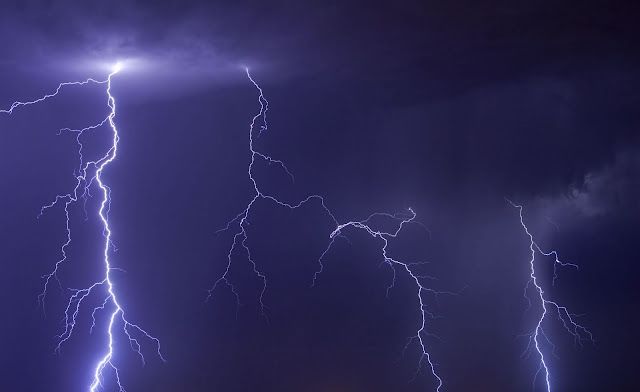
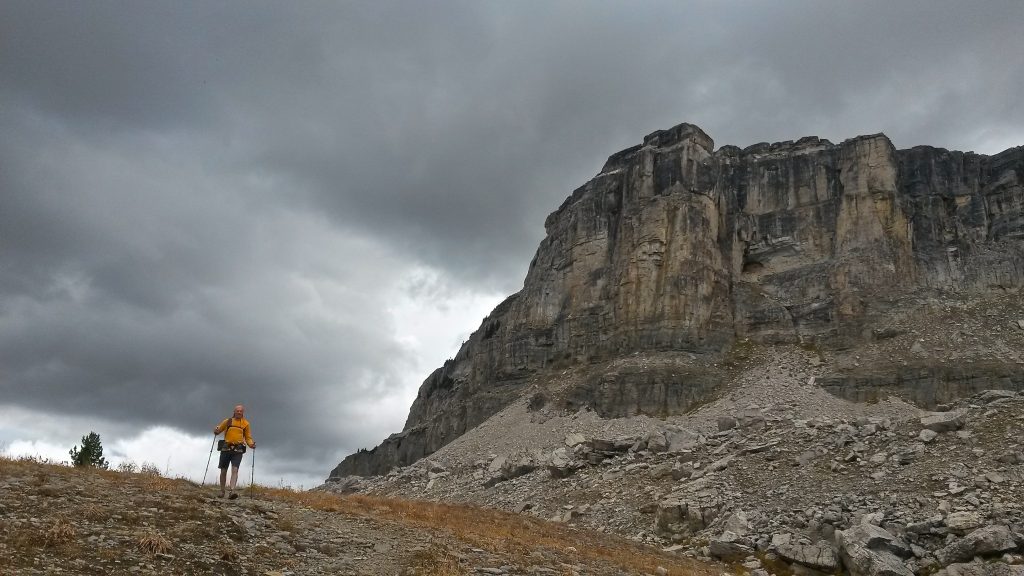
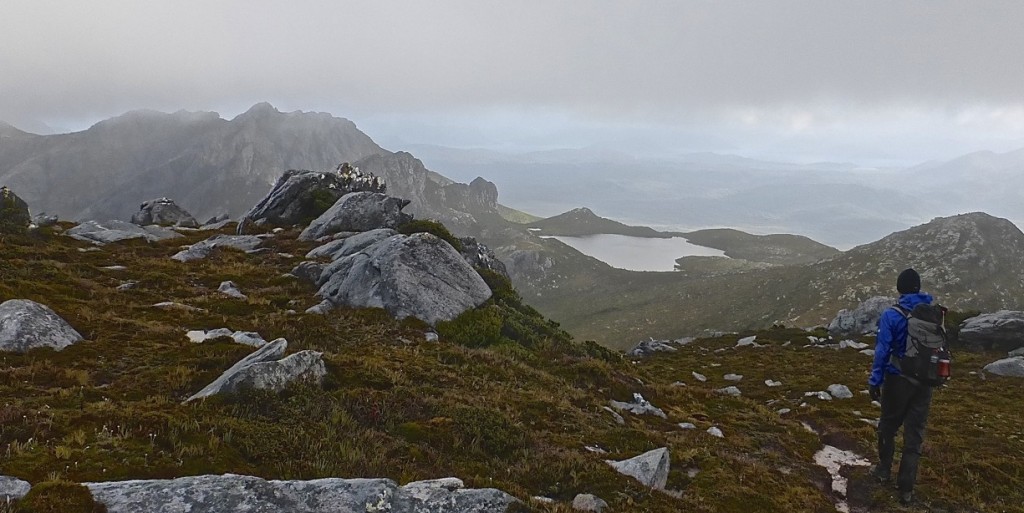
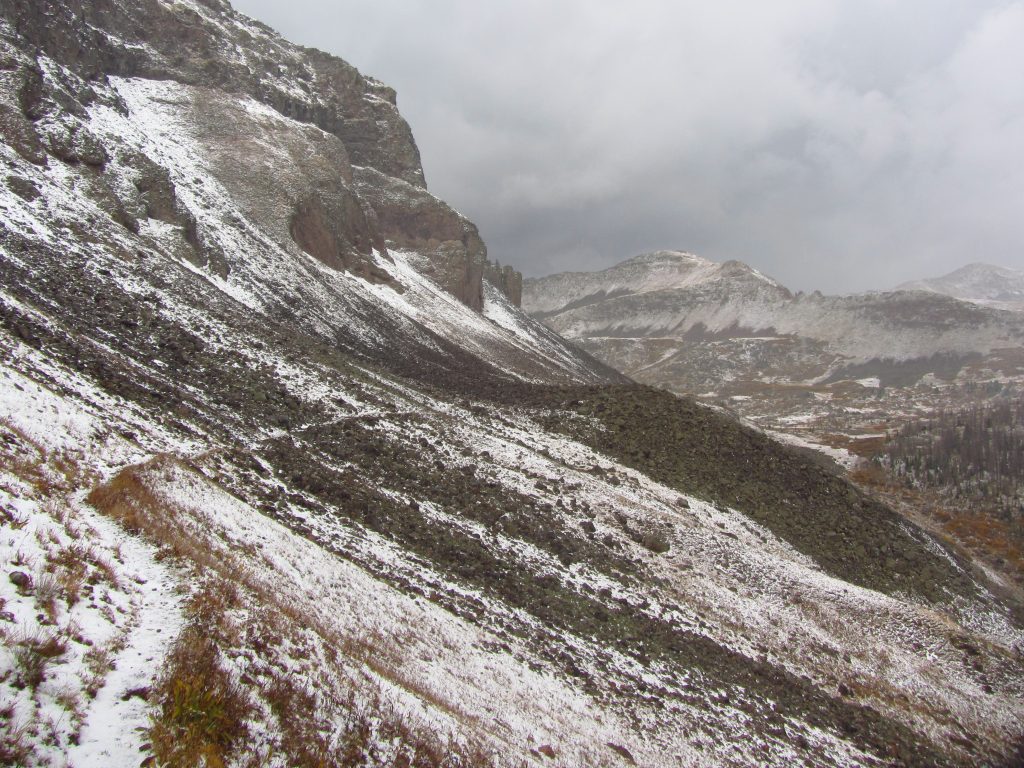
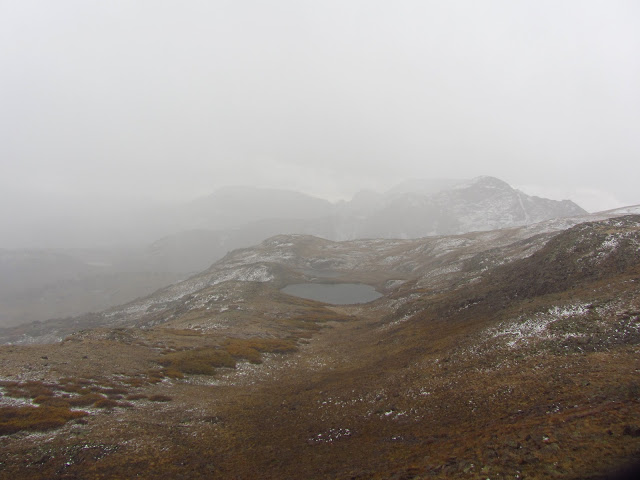
“above tree line in the Rockies during a late September storm is not where you want to be spending the night!” Well, I’ll be there in September. I thought that was past the storms. Anyway, good stuff. Maybe I’ll print it out and keep it in my pocket. Off to hike the North-South Trail in Rhode Island ! Who knew it existed?
Thanks Cam, you’ve outlined a very comprehensive approach to electrical storms for the hiker. All too often the risks of lightning strike is ignored in the outdoors.
I’ve been caught out before and it’s a terrifying experience, being above the treeline with flashing lightning and thunder rumbling overhead!
I would definitely agree that the best solution is to avoid getting caught in the first place!
Brilliant, potentially life saving tips!
Timely post as I head onto the collegiate loop. The thought of a nice afternoon siesta during a storm sounds wonderful.